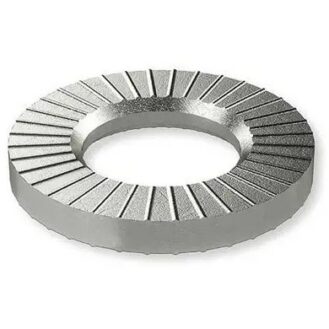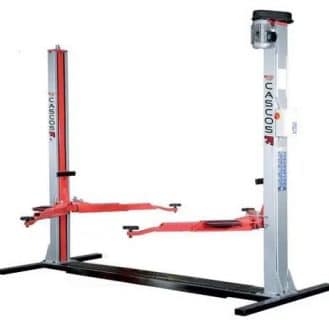There are several types of hose clamps.

Berardi Bullonerie screw hose clamp
Screw hose clamps
These are among the most common and versatile. They generally consist of a perforated, spiral metal strip and a screw for tightening or loosening the clamp. These clamps are adjustable, which makes them ideal for applications where the diameter of the hose or cables may vary slightly.
Applications:
They are widely used in automotive applications and various pipelines, as they offer good resistance to pressure and are easy to install.

Senga ear clamp
Ear hose clamps (single or double)
This is a practical option when there is little space to install the clamp or in cases where it has to be fitted or removed quickly. These clamps have one or more “ears” which are tightened with pliers to secure the clamp around the hose. They are widely used in the automotive sector to secure small hoses. They are not reusable, as you have to cut them off to remove them.

Evereon Industries wire hose clamp
Wire hose clamps (single or double)
These are suitable for attaching semi-rigid or corrugated hoses, such as those used in cars. They can also be fitted to large-diameter hoses.

Ojop Sweden quick-release clamp
Quick-release clamps
It is recommended to use these when the job involves frequent assembly and disassembly of hoses. The system is simple: simply tighten or loosen the screw to adjust the clamp’s clamping force and secure the assembly.

King Seal Fastener Technology T-bolt hose clamp
T-bolt hose clamps
These are easy to recognize by the non-leaking strip to which two brackets are welded that accommodate a bolt and a locking nut. They are intended for thicker hoses, as they are extremely resistant. However, they have a very limited opening range.












